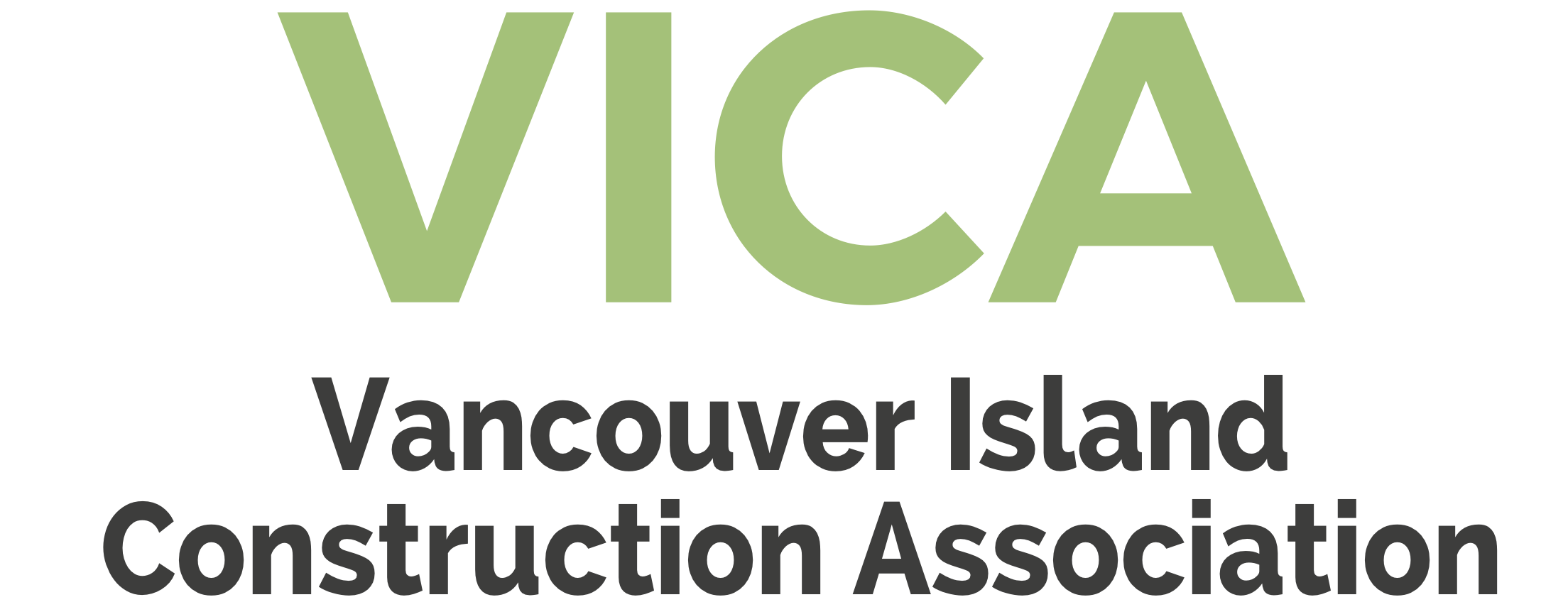Construction File:
The Cost of Onerous Bidding Conditions
In the June 2002 BCCA Bulletin we published an article called ‘A Fine Day to be a Lawyer’. At that time we expressed concerns about the implementation of the BC Government’s Capital Asset Management Framework and in particular the removal of the BC Government’s Standard Stipulated Sum contract, which was removed under the guise of reducing red tape. It did remove red tape for the government but added excessive red tape for the industry as it resulted in every agency creating their own form of contract. The industry lobbied for many years to have this standard government document and although what we had may not have been idyllic it was much better than what we have today.
As we predicted in the article this outcome has made a lot of work for lawyers. Many agencies went down the road of hiring lawyers to draft contracts and supplementary conditions that heavily distributed the risk in bidding and contracting to the construction community. Despite taking the lead from industry stakeholders, first with the development of the AIBC Working Group Stipulated Sum document in 2004 and its predecessor document BCDC 2 in 2008, many government agencies have relied on one sided legal advice that has produced onerous bidding conditions for contractors. Seven years later BCCA and its Regional Associations continue to engage the local agencies in discussions about this unfair distribution of the risk and for the most part it falls on deaf ears.
Despite the falling cost of construction these days we believe this onerous risk to general contractors and trade contractors comes at a cost to the taxpayers of BC. Not only are agencies paying for unnecessary legal fees, which could be saved if agencies used BCDC 2, 2008, but the onerous conditions add to the cost of construction.
Recently an article from the Daily Commercial News stated that in Ontario ‘Realistic and better structured construction contract procurement practices could save governments province-wide $1 billion, an industry study concludes’. The article went on to say that the study ‘conservatively estimates that taxpayers are paying at least five per cent more than they should because of these practices and that’s very much on the low side. At the upper end, it could be as much as 20 per cent. Government purchasing policies and contract documents are at the root of the problem. They have become “so onerous” in the transfer of the risk to construction contractors that many qualified companies simply do not bid. This purchasing and contract landscape creates a less competitive marketplace for public sector work. Savings that could be found in this area could be used to fund additional needed infrastructure work or reduce looming deficits, notes the study’.
We believe this is the same situation in BC. Not only are these onerous conditions adding to the cost of the construction but they are a burden which belies the efficiency of the industry and affects everything from human resources to the future capabilities of the industry to maintain a skilled workforce.
The solution is that savings can be achieved by public owners who adopt the industry standard BCDC 2, 2008 Stipulated Sum Bidding documents and stop spending excessive funds on unnecessary legal fees that are adding to the cost of construction. Other public owners across Canada, both at the provincial and the federal level, have acknowledged the value of a standard document. Its time to be accountable to the tax payers and to do the same thing in British Columbia.








